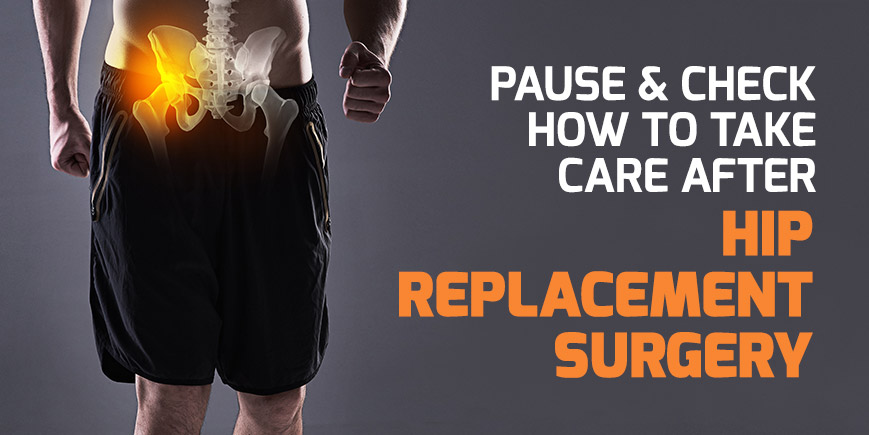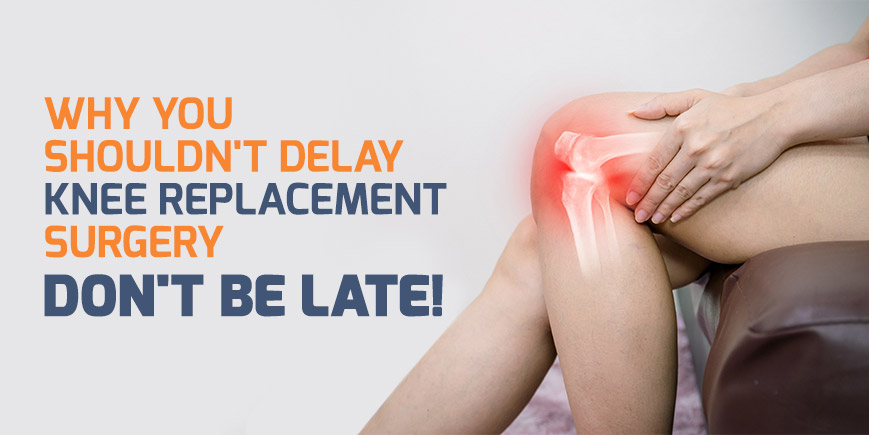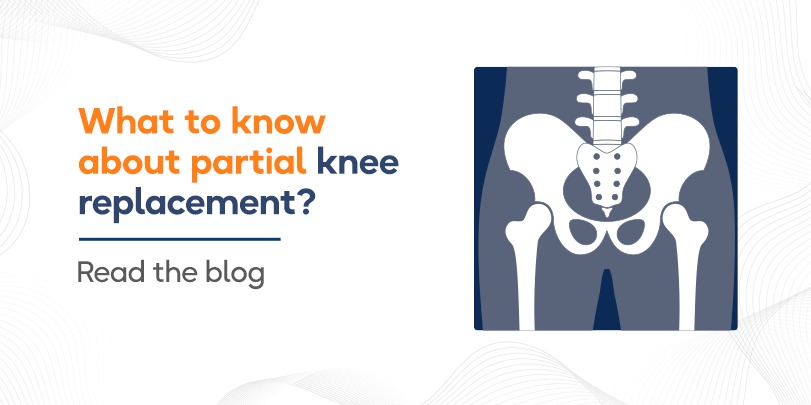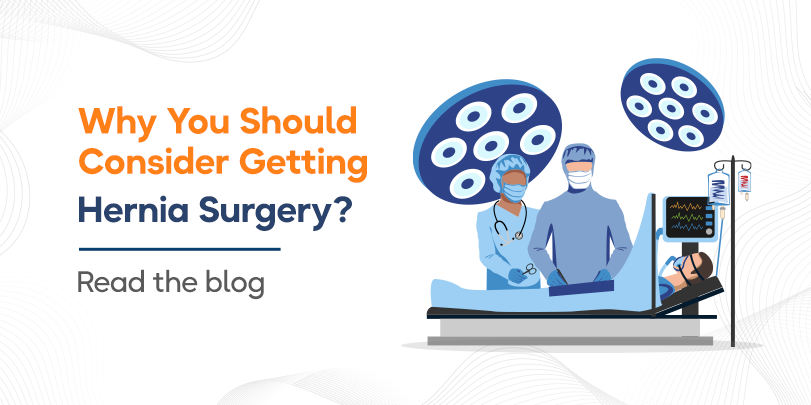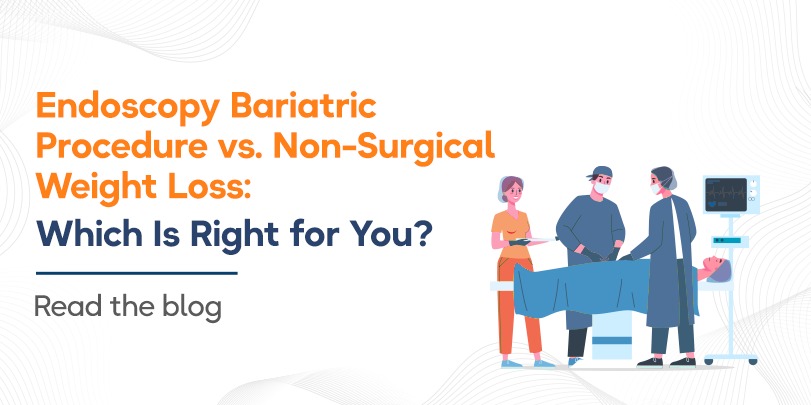Types of Obesity & The Different Types Of Obesity Surgeries
Have you ever been going through social media- say, Facebook, Instagram, Twitter, Youtube- and seen someone call someone else “obese”? From moderately slim women to healthy men, we have all been through it. The word gets thrown around but there are a lot of people who don’t know what it means and are happy to use it as an insult.
So today, let’s go over what obesity really is and how we can classify it.
WHAT IT IS?
WHO- World Health Organisation- defines Obesity as follows:
“Overweight and obesity are defined as abnormal or excessive fat accumulation that presents a risk to health. A body mass index (BMI) over 25 is considered overweight, and over 30 is obese.”
In the same vein, BMI is defined as follows:
“BMI is a person’s weight in kilograms divided by the square of height in meters. A high BMI can indicate high body fatness.”
Calculate your BMI by finding your height and weight in this BMI Index Chart.
- If your BMI is less than 18.5, it falls within the underweight range.
- If your BMI is 18.5 to 25, it falls within the healthy weight range.
- If your BMI is 25.0 to 30, it falls within the overweight range.
- If your BMI is 30.0 or higher, it falls within the obesity range.
CLASSIFICATION
Thus, we come to the subdivisions of obesity:
- Class 1: BMI of 30 to 35
- Class 2: BMI of 35 to 40
- Class 3: BMI of 40 or higher. Class 3 obesity is sometimes categorized as “morbid” obesity.
That said, you must always remember that a healthy BMI is not the end-all of your indicators. The risks of obesity are only due to excess body fat, particularly visceral fat i.e. fat that collects in the stomach. Among the risks of obesity include increased blood pressure, blood sugar levels, and cholesterol, all of which can increase your risk of illnesses such as type 2 diabetes and heart disease. In fact, according to the CDC- Center for Disease Control, the USA- BMI is just a correlation, because the greater your BMI figure, the more fat you’re likely to carry about.
According to the CDC, age, gender, ethnicity, and muscle mass may all distort BMI in terms of body fat. For example, if you’re really athletic and have a lot of muscle mass, your BMI may imply that you’re fat while in fact, you’re fit.
A qualified health care professional must conduct proper evaluations to determine a person’s overall health status including threats. Consult our expert doctors if you have any concerns about your BMI.
This brings us to the next question:
If we are obese, how exactly can we achieve long-term health and weight-loss? Fortunately, there are several solutions available for reducing weight in a healthy manner. Obesity surgeries are one of these solutions.
WHAT ARE THE DIFFERENT TYPES OF OBESITY SURGERIES?
You may need to lose weight, which will likely lower your BMI if your BMI is in the upper tier and your body composition suggests you’re at risk for adverse health challenges. A woman’s waist circumference should be under 35 inches; a man’s waist circumference should measure less than 40 inches, ideally.
Here are the surgeries you can undergo to get results that last, supported by science and industry experts.
Gastric Sleeve Surgery
The majority of your stomach is removed during gastric sleeve surgery, also known as vertical sleeve gastrectomy, leaving just a banana-shaped piece that is stapled shut. As a result of the operation, your stomach can hold less food, causing you to feel full more quickly. The hormones or bacteria in your gastrointestinal tract that control hunger and metabolism may also be impacted by having part of your stomach removed causing long-term weight loss.
Gastric Bypass Surgery
Roux-en-Y gastric bypass, often known as gastric bypass surgery, has three stages. Your stomach is first stapled, resulting in a tiny pouch in the top portion. You eat less because you feel full more quickly due to the much smaller stomach caused by the staples.
The bottom portion of your small intestine is then surgically connected to the little stomach pouch after the surgeon separates it into two pieces. Your body will absorb fewer calories since food will bypass the majority of your stomach and the top section of your small intestine.
The top portion of the small intestine is then reconnected to a new spot on the lower portion of the small intestine that is located farther down. This enables the stomach’s bypassed region to release digestive juices into the stomach. In order for food to be completely digested, this enables the digestive fluids in the stomach to move from the upper region of the small intestine to the lower part of the small intestine. Hormones, bacteria, and other elements in the gastrointestinal system are altered by the bypass, which may have an impact on metabolism and hunger. This also results in long-term weight loss and habits and behaviours are corrected over time.
Mini Gastric Bypass
This is a minimally invasive and minimally scarring procedure. A pouch is positioned under the diaphragm during surgery, and its bottom edge is subsequently tightened to reduce the size of the stomach.
Intragastric Balloon
An intragastric balloon implantation technique helps you lose weight by inserting a silicone balloon filled with saline into your stomach. By restricting how much you can eat and quickening the feeling of fullness, this aids in weight loss.
During the operation, the doctor inserts a tiny tube (catheter) into your stomach that is loaded with an intragastric balloon. A flexible tube with a camera attached called an endoscope is then advanced by the doctor down your neck and into your stomach. Your doctor can observe the balloon while filling it with saline thanks to the webcam. Up to six months are allowed for intragastric balloons before they are removed with an endoscopy. Depending on the strategy decided upon by you and your doctor, a new balloon may or may not be implanted at that time.
No matter which surgery you choose after close consideration with our experts, always remember: Even if you don’t see results right away, keep up your consistency. Yes, even if it seems like the weight isn’t coming off quickly enough. The only way to lose weight permanently is to make persistent attempts to eat healthily, walk more, and maintain other good weight-controlling behaviours including getting enough sleep. Researchers discovered that people were more prone to give up on their objectives when their weight fluctuated, probably as a result of inconsistent efforts. Keep in mind: You can do this.
More importantly, the fight against obesity is a war. You lose some battles, you win some battles- but it is never the end. And always keep in mind that there is always help available. Come to Radiance Hospitals and get expert advice on what would work for you and what wouldn’t. We can tell you everything you need to know about weight loss and more.
The greatest weapon you can have at your side is the phone. We are your allies and we are only a call away.
With Radiance Hospitals, we fight with you to make sure you never lose.


